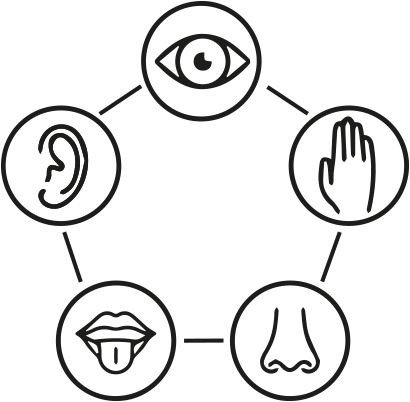Observing as a professional
| Observing as a professional
By Ilse van Lieshout, art therapist, teacher and researcher at Fontys/Zuyd |
| Intended learning outcomes (more on programme level)
Students learn to observe in their field of knowledge through different observations questions from other fields of knowledge. |
| Learning objectives (course specific)
Broader understanding of observation. |
| Objective statement (course description)
There are different observation forms for different learning outcomes and professions. It is very helpful to observe from different perspectives to be able to approach a problem form different angles. You can use different observation forms to let your students get out of their own often biased observation and learn from each other. |
| Type of course
Skills course |
| Target group
Bachelor students |
| Teaching method
Cooperative learning, constructive learning |
| Activities
You need different observation forms from: Observation as a doctor (provoke analysis) Observation as an art-therapist (focus on non-verbal communication) Observation as an art historian (iconographic (meaning) and morphologic (materials and shape) Observation as a dancer (movement interviews) Observation as a painter (fast sketches of people in space) Observation of group dynamics (sociogram of interaction of people) It is not a problem if you do not know the correct way of the observation method. By using different ways of looking at a problem students learn that you can approach a problem in diverse ways. Also, when you use a fixed observation method you get used to it and sometimes do not look properly anymore. Therefore, using different methods makes you alert and focused on observation. By sharing diverse observations, you learn from each other. A museum is a very good location to use diverse observation methods. But sitting in a train or somewhere in a hospital also brings a lot of observation skills. |
| Assessment of learning
Diverse observation carried out and shared with other students, a written reflection can be accompanied with it. |
| Additional biblio sources |
